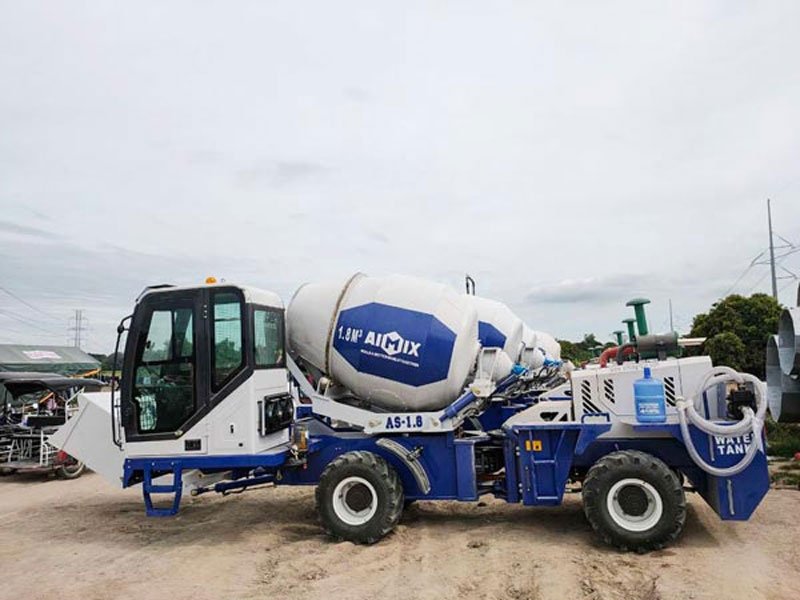The duration concrete can stay in a mixer without compromising its quality is a critical factor in construction operations. It's essential to understand the timeframe within which concrete remains workable and retains its desired properties before it starts to set and becomes unusable. While several variables influence this duration, there are general guidelines and factors to consider.
Factors Affecting Concrete's Time in the Mixer
1. Ambient Conditions:
Higher temperatures accelerate the hydration process of concrete, reducing the time it can stay workable in the mixer of mixer beton self loading vehicles. Conversely, lower temperatures slow down this process, extending the duration.
2. Concrete Mix Design:
- Water-Cement Ratio: Concrete with a higher water-cement ratio tends to have a shorter workable time as excess water accelerates setting.
- Admixtures: Some admixtures, like retarders, are added to slow down the setting time and extend the workability of concrete.
3. Mixer Type and Design:
Different mixer types have varying mixing speeds and mechanisms. Some mixers might have features that maintain concrete workability for longer periods.
4. Project Requirements:
The specific demands of the construction project influence the optimal duration concrete can stay in the mixer. Efficient scheduling and coordination ensure timely use of mixed concrete.
Usual Timeframe for Concrete in a Mixer
Concrete typically remains workable in a mixer for approximately 1 to 2 hours after the initial mixing process. During this timeframe, the concrete retains its plasticity and can be poured and shaped as needed.
Managing Concrete in Mixers
1.Batch Size Optimization:
Adjusting batch sizes according to construction needs minimizes excess mixing time and potential quality issues.
2. Timely Delivery:
Coordinating deliveries ensures that the mixed concrete reaches the construction site promptly after mixing, reducing the risk of it staying in the mixer beyond its optimal timeframe.
3. Quality Control Measures:
Regular testing of concrete properties, such as slump, workability, and strength, helps assess its condition and suitability for use after a specific duration in the mixer.
The duration concrete can stay in a mixer is influenced by a combination of factors such as ambient temperature, mix design, mixer type, and project requirements. While the general guideline is around 1 to 2 hours, this can vary based on specific conditions. Efficient management of these factors, along with adherence to quality control measures, ensures that concrete maintains its desired properties and remains suitable for construction purposes before it starts to set. Understanding and effectively handling these variables are crucial in maximizing the efficiency and quality of concrete production and usage in construction projects.

